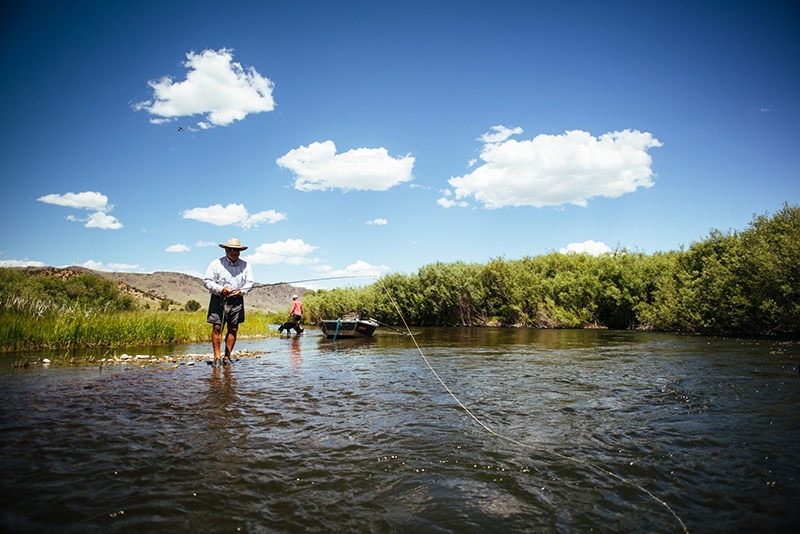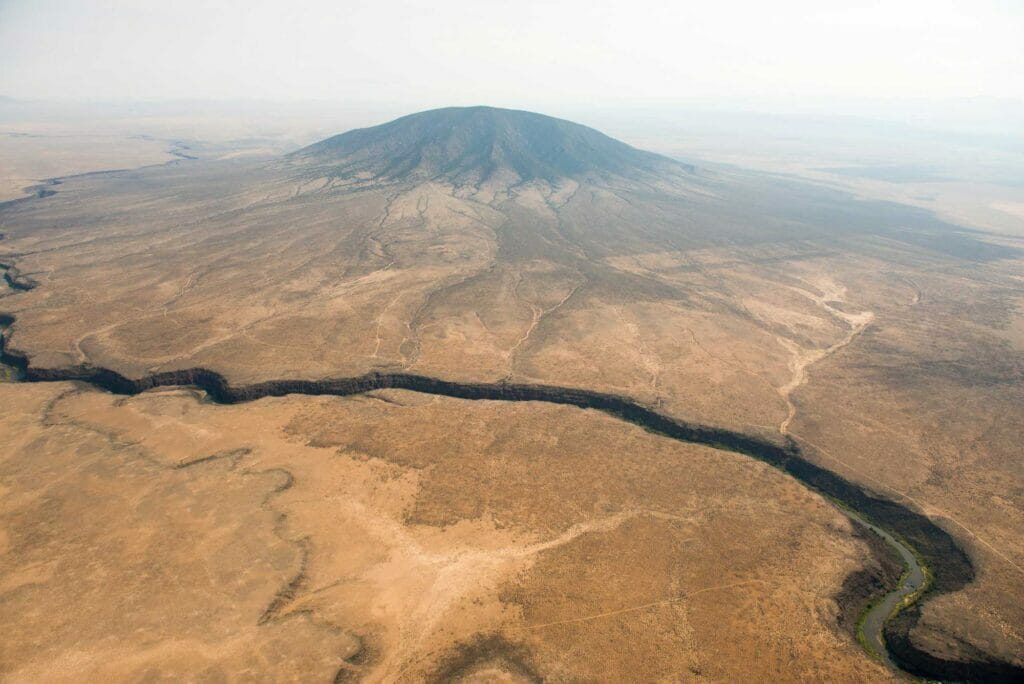
The Upper Rio Grande Initiative aspires to leverage our ongoing and future efforts towards basin scale resilience. This vision not only entails the protection and enhancement of the Rio’s natural ecosystems, but its profoundly adaptive human resources as well. The Initiative acknowledges the interconnectedness of the basin’s ecosystems, its economy and culture. Thus, the ecological outcomes we achieve will not be at the expense of the cultural and economic resilience of our partner communities, but exactly because of it.
Protect

Protecting functioning streams and habitat–as in our efforts to secure Outstanding Natural Resource designations for several New Mexico streams–will be a top priority. Protecting the Pecos River basin from a proposed hard rock mine will not only protect biodiversity but improve the fishing on this beautiful and popular stream to the ultimate benefit of the regional economy.
Trout Unlimited will strive to preserve the functioning habitat that exists throughout the Rio Grande del Norte National Monument and adjacent areas such as the Rio San Antonio and Cruces Basin to the west. We will work to ensure that agency plans–the Carson and Santa Fe National Forest Plan revisions, the Rio Grande Basin Study, and New Mexico’s 50 Year Water Plan, among other ongoing planning efforts–will be protective and regenerative, and that energy development will include common sense protections for habitat, water quantity and quality.
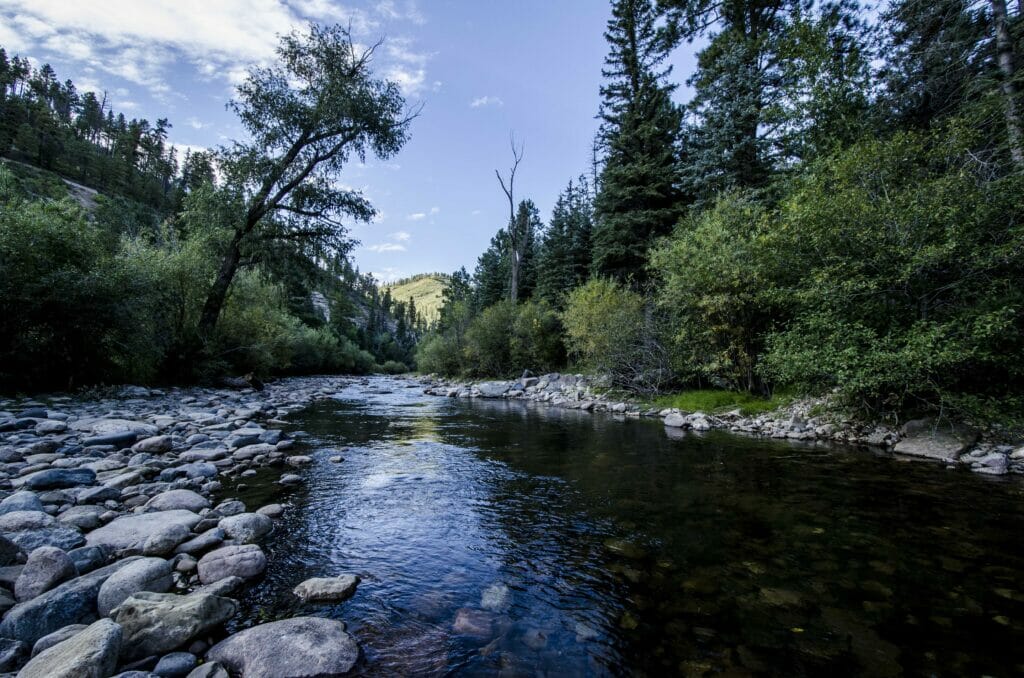
Although deferred pending environmental review, proposed oil and gas leasing on Colorado’s Rio Grande National Forest reminds us that oil and gas policies must hew to the highest standards of practice and enforcement, especially in sensitive areas like the Rio Grande headwaters. Not far downstream, the San Luis Valley is home to four Solar Energy Zones capable of utility-scale solar energy production. We support passage of the Public Lands Renewable Energy Development Act in the United States Congress, which would help address the impacts of renewable energy development on public land West-wide while creating a vital revenue stream for habitat restoration. Trout Unlimited believes such a legislative tool fosters a “smart from the start” approach to our renewable energy future.
Trout Unlimited will also be joining the fight against yet another attempt to export water from the San Luis Valley. Farmers there have been endeavoring to reduce their historical groundwater use––a painful process of strategically and voluntarily retiring farmland––so that future generations can farm sustainably and in balance with environmental needs and the dwindling water supply. Export schemers are targeting these groundwater aquifers, a slap in the face to a local community’s efforts to determine its own future.
Reconnect and Restore
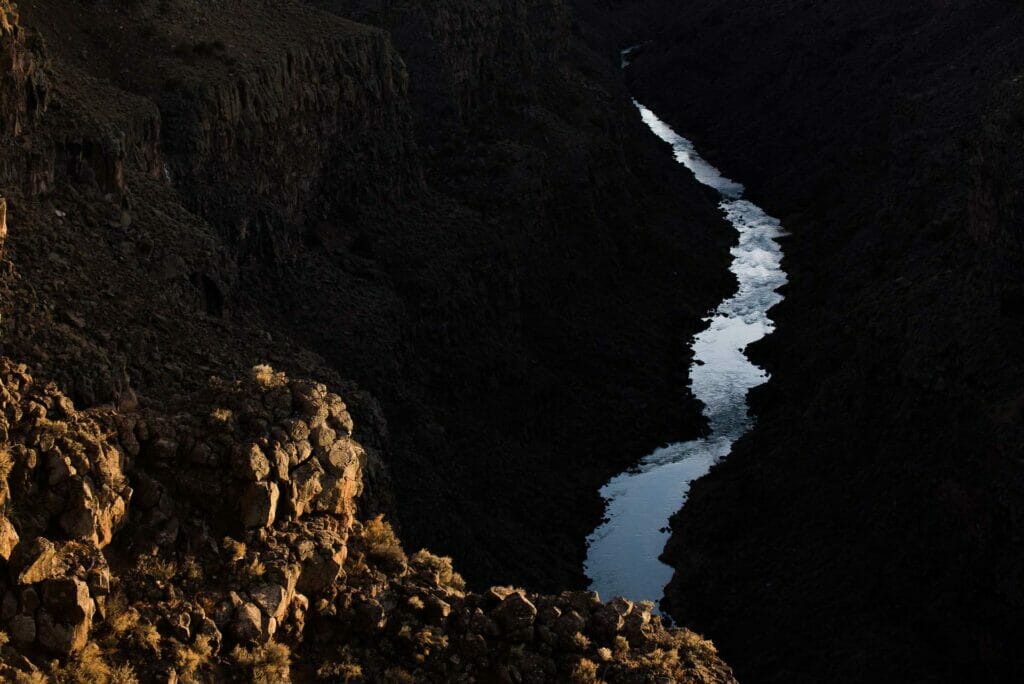
The Rio Grande’s problems will not be solved through protection alone. A long history of human activity has left a badly impaired watershed in need of innovative and landscape-scale restoration. Basin stakeholders must restore not only native species but native processes, including floodplain water storage, natural fire regimes and, of course, carbon sequestration. Streams must not only be reconnected to their floodplains, but farmers must produce living soil along with their crops.
Trout Unlimited recognizes that a variety of tools will be necessary to address the basin’s challenges, chief among them the ancestral techniques still being practiced throughout the Rio Arriba region. Even through the late 19th and early 20th centuries, when overly extractive land use began to tilt the scales against resiliency, this cultural knowledge enabled New Mexico’s communities to adapt. Socially and economically, acequia irrigation systems work. Ecologically speaking, acequias are sometimes the only means by which streams can still access their floodplains.
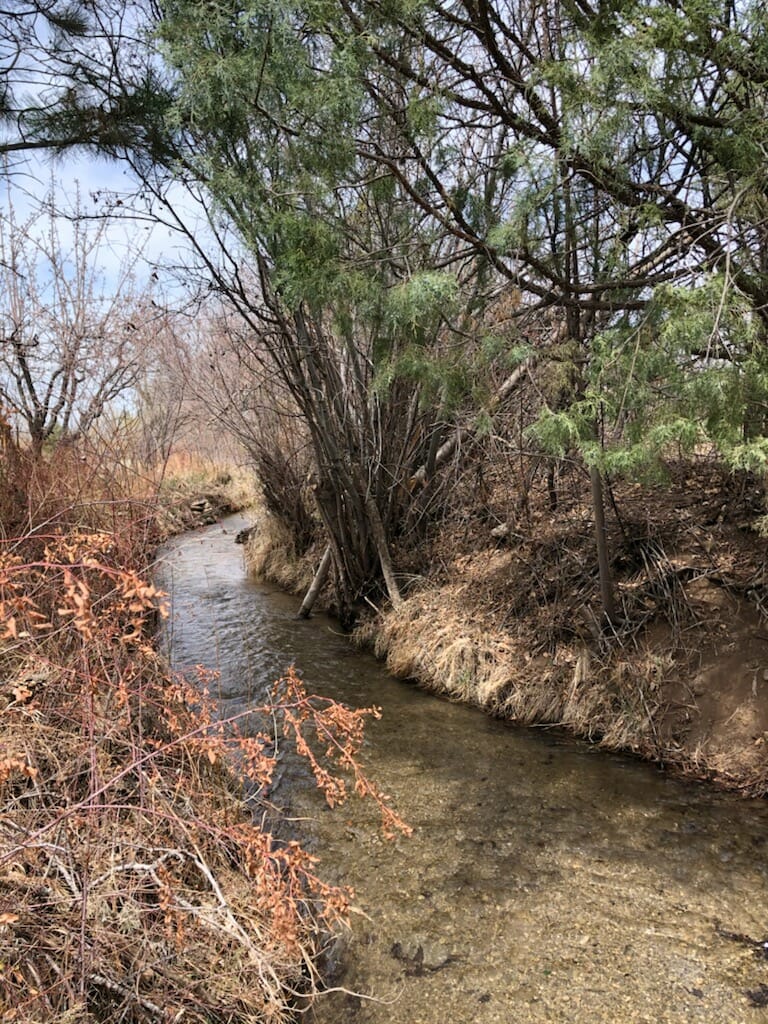
Though traditional knowledge has been extremely adaptive over time, it may not remain so against the current backdrop of climate change. Plus, knowledge is being lost through the aging of elders and the outmigration of rural sons and daughters to the cities, where the threads back to country experiences–in farming, hunting, and fishing–grow increasingly frayed.
Meanwhile, rural communities face pressure to provide cities with commodified recreation and real estate markets. Like streams and watersheds, these communities will need protection and restoration too, either through supportive policies, updated infrastructure, or other means of enabling them to capture sustainable economic opportunities from their own backyards.
Trout Unlimited’s expanding track record of incorporating community interests into conservation solutions is well-illustrated at New Mexico’s spectacular Valle Vidal, the largest contiguous Rio Grande cutthroat habitat in the species’ range. Using funds from a variety of sources, we lifted the channel bed elevation of Comanche Creek, reconnecting this gorgeous cutthroat stream with its floodplain. This project not only benefitted elk and trout, but the productivity of our partners in the ranching community. In a similar vein, we have collaborated with the San Diego Grazing Association to improve habitat and optimize range conditions in the Jemez River watershed, home to the federally endangered Jemez Mountains salamander and New Mexico meadow jumping mouse.
Through our Winter Flow Program, Trout Unlimited is working hand in hand with Colorado farmers to restore stream flows below five working reservoirs. The voluntary Winter Flow Program uses mutually beneficial water strategies that simultaneously result in streamflow restoration and agricultural gains, making the most of a limited resource.
At Jim Creek in Colorado, Trout Unlimited has restored and enhanced 2.5 miles of stream habitat, planted hundreds of willows and thousands of sedges and protected it with five miles of riparian fencing. We’ve replaced two culverts blocking fish passage and initiated a volunteer-led brook trout removal program to protect a conservation population of Rio Grande cutthroat. These successes have not only given the creek’s native trout a new lease on life, but they’ve been critical to deepening of partnerships required for future Jim Creek projects.
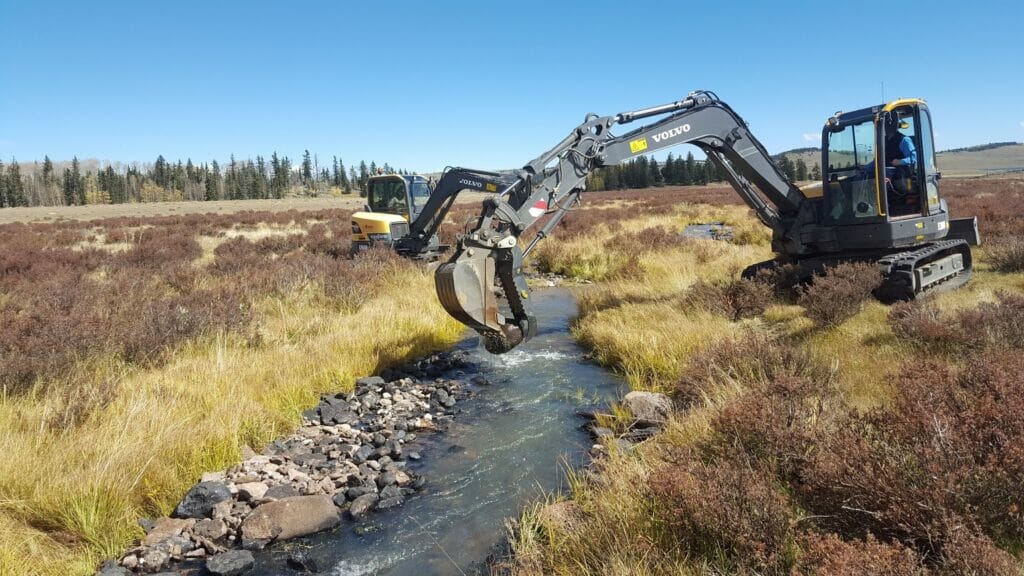
As we confront the broad range of Rio Grande priorities and projects, the river’s native fish–a homegrown icon embodying the Upper Rio’s unique cultural and natural ecosystem–will be a critical bellwether for our success. In addition to landscape protection and restoration efforts, there will be projects focused on specific streams where the fish is hanging on. New Mexico sites include the Rio Chiquito, Rio Hondo, the Chama and Pecos headwaters, the Rio San Antonio, El Rito and Chihuahueños Creeks and others. In Colorado, extensive cutthroat trout work has been done on Sand, Medano, Trinchera, and Jim Creeks.
Sustain
Thriving trout populations require water that’s cold and clean, a product of healthy rangelands and headwater forests, and more than ever, of cooperative and mutually reinforcing partnerships among the stakeholders most intimate with this landscape. This is the essence and soul of the Upper Rio Grande Initiative, remembering the knowledge this landscape has taught us, rediscovering our capacity to share.


